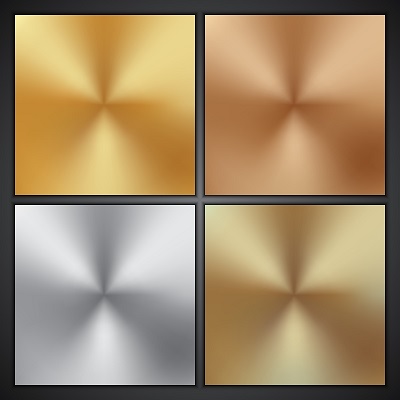Copper is one of the few naturally occurring metals prized for their many valuable properties. With an atomic number of 29 and belonging to the “transition metal” group, it is strong, lustrous, and a good conductor of heat and electricity. Copper has high melting and boiling points, and an elegant reddish brown color and sheen, too. It’s no wonder copper is one of the most extensively used metals in the world.


